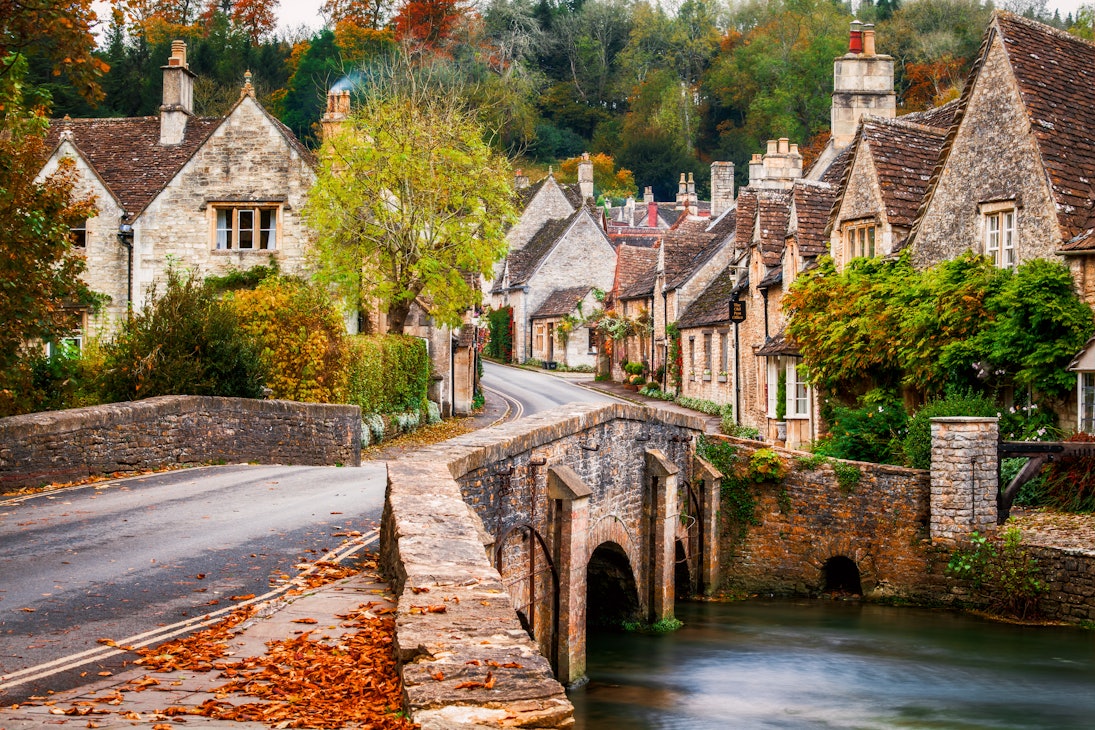
Overview
Wiltshire is rich in the reminders of ritual and packed with not-to-be-missed sights. Its verdant landscape is littered with more mysterious stone circles, processional avenues and ancient barrows than anywhere else in Britain. It's a place that teases and tantalises the imagination – here you'll experience the prehistoric majesty of Stonehenge and the atmospheric stone ring at Avebury. Add the serene 800-year-old cathedral at Salisbury, the supremely stately homes at Stourhead and Longleat and the impossibly pretty village of Lacock, and you have a county crammed full of English charm waiting to be explored.
Leave the planning to a local expert
Experience the real Wiltshire. Let a local expert handle the planning for you.
Must-see attractions
Get a book. Get inspired. Get exploring.
in partnership with getyourguide













